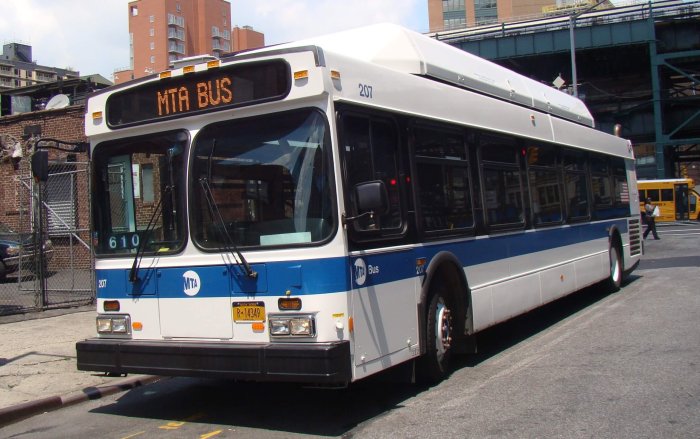By Michèle De Meglio
If the governor’s proposed state budget is approved, city schools will receive nearly $1.5 billion more than what a court deemed necessary to rectify years of underfunding. Under pressure from parents, Governor Eliot Spitzer outlined a plan to increase school aid statewide by $1.4 billion this year. Over the following four years, funding will receive a $7 billion hike. Approximately $3.2 billion of that money will go to city schools. That figure brought smiles to the faces of many local parents who were counting on the governor to keep his promise to ignore a Court of Appeals order that city schools need just $1.93 billion more to cover operating expenses. “What an incredible breath of fresh air to finally have a governor who gets it, who understands the need to fund New York City schools at an appropriate level, and who doesn’t believe that New York City schoolchildren are entitled to just an eighth grade education like the previous governor,” said Michael Benjamin, first vice president of District 22’s Community Education Council (CEC). “I think it’s great,” echoed Carlo Scissura, president of District 20’s CEC. “It’s definitely a commitment by the new governor and I think people are breathing a sigh of relief that he kept up his promise to resolve this issue.” But since Spitzer made improving local schools a priority while on the campaign trail, some Brooklyn parents wondered why he didn’t propose allocating the $4.7 – $5.6 billion in operating aid that a judge initially said should be provided to the city. “Why is he giving less?” questioned Rachel Gertzog, a Park Slope resident with two children enrolled at P.S. 230 in Kensington. “If the court established [$4.7 – $5.6 billion], why is the governor suggesting another number?” City schools could ultimately receive a funding increase close to that figure. The city has agreed to allocate an extra $2.2 billion, which combined with the $3.2 billion from the state would bring the total increase in funding for local schools to $5.4 billion. Brooklyn parents offered suggestions for how that money should be spent. At the top of their lists is lowering class sizes. “If you go into some of these junior high schools, some of these high schools, where they have 35 – 40 kids [in a class], it’s really no way to learn,” Scissura said. “When you have 20 children in the class, teachers can really teach,” he added. Leonie Haimson of Class Size Matters, an education advocacy organization, says, “Reducing class size is one of the few educational reforms shown to improve student achievement and narrow the achievement gap between ethnic and racial groups.”

































